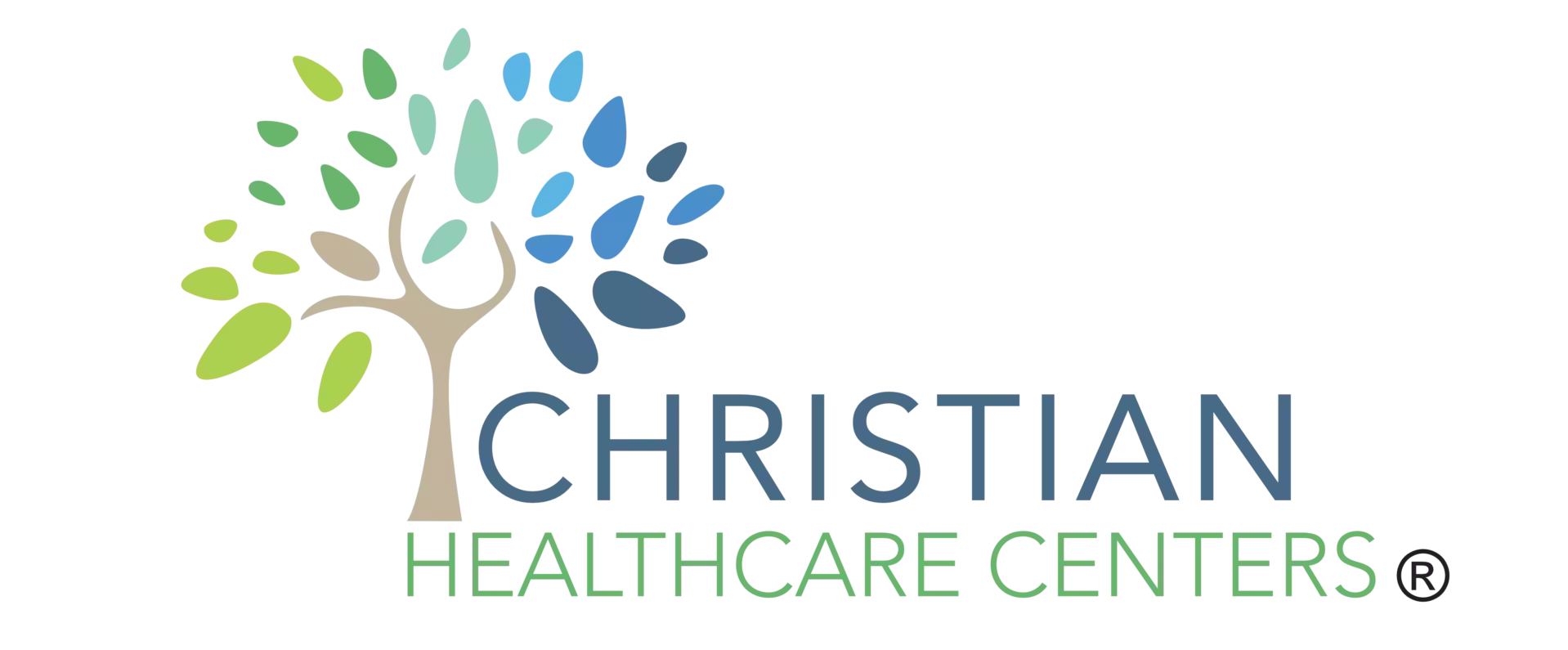Have you ever felt overwhelmed by the complex world of healthcare options? With so many different choices available, it can be difficult to navigate and find the best fit for your needs.
That’s why we’re here to help. In this discussion, we will explore ten valuable tips comparing Direct Primary Care (DPC) to traditional insurance options.
Whether you’re seeking a more personalized approach, better accessibility, and convenience, or cost-effective alternatives, these tips will provide you with the necessary insights to make an informed decision.
So, let’s dive in and discover the advantages and limitations of DPC and insurance options, helping you find the healthcare solution that suits you best.
Understanding Direct Primary Care
If you’re looking for a more personalized and cost-effective healthcare option, direct primary care might be the solution for you. Understanding the Direct Primary Care (DPC) model is essential in making an informed decision about your healthcare.
DPC is a membership-based model where patients pay a monthly fee directly to their primary care physician, rather than using insurance. This model allows for a more direct and personal relationship between patients and doctors.
One of the key benefits of DPC membership is the increased accessibility it provides. With DPC, you have unlimited access to your primary care physician, meaning you can schedule same-day or next-day appointments and even reach out to your doctor via phone or email for quick medical advice. This level of accessibility ensures that you receive timely and comprehensive healthcare without the hassle of long wait times or restrictions imposed by insurance companies.
Another advantage of DPC membership is the affordability it offers. Instead of paying high insurance premiums, DPC allows you to pay a fixed monthly fee that covers a wide range of primary care services. This transparent pricing system eliminates surprise bills or hidden costs, allowing you to budget your healthcare expenses more effectively.
Additionally, DPC focuses on preventive care and wellness. Your primary care physician will have the time to develop a deeper understanding of your medical history and individual needs. This personalized approach enables them to create customized wellness plans, conduct regular check-ups, and provide continuous guidance to help you maintain good health.
Benefits of Direct Primary Care
Direct Primary Care offers numerous benefits that make it a compelling alternative to traditional insurance options.
When comparing direct primary care to emergency care, one of the key advantages is the accessibility and convenience it provides. Unlike emergency care, which is often limited to life-threatening situations and can involve long wait times, direct primary care offers immediate access to a primary care physician for routine and preventive care. This means you can receive timely medical attention without having to wait for an emergency situation to arise.
Another significant benefit of direct primary care is its cost-effectiveness compared to traditional healthcare. With direct primary care, you pay a monthly or annual fee, which covers a wide range of primary care services. This eliminates the need for copays, deductibles, and surprise medical bills that are commonly associated with traditional insurance plans. By cutting out the middleman, direct primary care can provide more affordable and transparent healthcare options.
In addition to cost savings, direct primary care also focuses on building strong doctor-patient relationships. With traditional healthcare, you may be treated by various doctors or specialists, leading to fragmented care. In contrast, direct primary care ensures continuity of care by allowing you to have a dedicated primary care physician who knows your medical history and can provide personalized care. This personalized approach helps foster a sense of belonging and trust, as you have a healthcare provider who truly understands your unique healthcare needs.
Limitations of Insurance Options
While direct primary care offers numerous benefits, it is important to consider the limitations of insurance options. Insurance options have their own set of drawbacks that can impact your healthcare experience. Let’s take a closer look at these limitations:
| Limitations | Drawbacks |
|---|---|
| 1. Limited Coverage | Insurance plans often have limited coverage, which means you may not have access to all the healthcare services you need. Certain treatments, medications, or specialists may not be covered, requiring you to pay out-of-pocket or seek alternative options. This can be a significant burden, especially for those with chronic conditions or complex medical needs. |
| 2. High Costs | Insurance options can come with high costs, including monthly premiums, deductibles, copayments, and coinsurance. These expenses can quickly add up and strain your finances. Moreover, insurance plans may not cover certain preventive services, leading to additional out-of-pocket expenses. |
| 3. Complex Billing Process | Dealing with insurance companies can be a hassle. The complex billing process often involves paperwork, pre-approvals, and negotiations between healthcare providers and insurance companies. This can create delays and confusion, making it harder for you to access timely and affordable care. |
| 4. Limited Provider Choice | Insurance options typically have a network of preferred providers. While this can help you save money, it also limits your choice of healthcare professionals. If your preferred doctor or specialist is not in-network, you may have to pay higher out-of-network fees or switch to a different provider, potentially disrupting the continuity of your care. |
| 5. Lack of Personalized Care | Insurance options often prioritize cost-saving measures and administrative efficiency over personalized care. This can result in shorter appointment times, limited follow-up visits, and less individualized attention from healthcare providers. It may also restrict your ability to build long-term relationships with your doctors, which can be important for comprehensive and coordinated care. |
Understanding the limitations of insurance options is crucial when making healthcare decisions. It is important to carefully evaluate your options and consider alternative models like direct primary care that can provide more personalized and comprehensive care without the constraints of insurance limitations.
Cost Comparison: Direct Primary Care Vs Insurance
When comparing the costs of direct primary care and insurance options, it’s important to consider the financial implications of each. Understanding the cost comparison between the two can help you make an informed decision about which option is more affordable for you.
Here are some key points to consider:
Cost transparency: Direct primary care offers a transparent pricing structure, where you pay a monthly fee for unlimited access to primary care services. This eliminates the surprise bills and hidden costs often associated with insurance plans.
No deductibles: Unlike insurance options that often come with high deductibles, direct primary care doesn’t require you to meet a deductible before receiving care. This means you can access the care you need without having to worry about a large upfront cost.
Affordable monthly fees: Direct primary care typically involves a monthly membership fee, which can vary depending on the provider and the level of services offered. However, these fees are often more affordable compared to the monthly premiums of traditional insurance plans.
Comprehensive care: Direct primary care providers often offer a wide range of services, including preventive care, chronic disease management, and acute care. This comprehensive approach to care can help you save money by avoiding costly emergency room visits or specialist referrals.
Prescription savings: Direct primary care providers often have partnerships with pharmacies, allowing them to offer discounted medication prices. This can lead to significant savings on prescription costs, making healthcare more affordable overall.
Accessibility and Convenience of Direct Primary Care
Accessibility and convenience are key advantages of choosing direct primary care as your healthcare option. Direct primary care clinics prioritize patient satisfaction and strive to make healthcare accessible to all. Unlike traditional insurance-based healthcare, direct primary care clinics offer extended office hours, same-day or next-day appointments, and the ability to reach your healthcare provider via phone or email. These features ensure that you can easily access the care you need when you need it without the hassle of dealing with insurance companies or waiting for weeks to see a doctor.
To further illustrate the accessibility and convenience of direct primary care, let’s compare it to insurance-based healthcare in the following table:
| Direct Primary Care | Insurance-Based Healthcare |
|---|---|
| Extended office hours, including evenings and weekends | Limited office hours, often during regular business hours only |
| Same-day or next-day appointments | Weeks-long wait times for appointments |
| Direct access to your healthcare provider via phone or email | Limited communication options, usually requiring going through a receptionist or nurse |
| No need to deal with insurance claims or paperwork | Extensive paperwork and coordination with insurance companies |
As you can see, direct primary care offers a more accessible and convenient healthcare experience. With extended office hours, same-day or next-day appointments, and direct access to your healthcare provider, you can receive the care you need quickly and easily. Additionally, the absence of insurance claims and paperwork simplifies the process, allowing you to focus on your health rather than administrative tasks.
Quality of Care: Direct Primary Care Vs Insurance
Direct primary care and insurance-based healthcare differ in terms of the quality of care provided. When it comes to your well-being, receiving high-quality care is of utmost importance. Here are five key differences between direct primary care and insurance-based healthcare that can impact the quality of care you receive:
Personalized Attention: Direct primary care providers have smaller patient loads, allowing them to dedicate more time and attention to each individual. This personalized approach ensures that your unique needs are met, leading to higher patient satisfaction.
Continuity of Care: Direct primary care fosters a long-term relationship between you and your healthcare provider. This continuity of care allows for better coordination, improved communication, and a deeper understanding of your medical history, resulting in more effective and comprehensive treatment.
Accessible Healthcare: Direct primary care providers offer same-day or next-day appointments, extended office hours, and even virtual consultations. This accessibility ensures that you can receive timely care whenever you need it, minimizing the risk of your condition worsening.
Comprehensive Services: Direct primary care providers often offer a wide range of services, including preventive care, chronic disease management, and mental health support. This comprehensive approach ensures that all aspects of your health are addressed, promoting overall well-being.
Proactive Approach: Direct primary care providers focus on preventive care and early intervention. By emphasizing proactive measures such as regular check-ups, screenings, and personalized health plans, they can detect potential issues early on, leading to better health outcomes and increased patient satisfaction.
Personalized Approach: Direct Primary Care
With direct primary care, you can expect a personalized approach to your healthcare needs. Unlike traditional insurance options, direct primary care focuses on providing individualized and patient-centered care. This means that your healthcare provider will take the time to understand your unique medical history, lifestyle, and preferences to create a tailored treatment plan just for you.
In direct primary care, the patient comes first. Your healthcare provider will spend more time with you during appointments, allowing for a deeper understanding of your health concerns and goals. This personalized care fosters a sense of belonging and trust between you and your provider, creating a supportive and collaborative healthcare environment.
To illustrate the benefits of personalized care in direct primary care, take a look at the table below:
| Traditional Insurance Options | Direct Primary Care |
|---|---|
| Limited appointment times | Extended appointment times |
| High copays and deductibles | No copays or deductibles |
| Limited access to providers | Direct access to your healthcare provider |
| One-size-fits-all treatment plans | Tailored treatment plans based on your needs |
| Limited follow-up care | Comprehensive follow-up care |
As you can see, direct primary care offers a more patient-centered approach, ensuring that your healthcare needs are met with personalized attention and care. This personalized approach allows for a deeper understanding of your health concerns, leading to more effective and efficient treatment plans.
Coverage and Eligibility: Insurance Options
When considering insurance options, it’s important to understand the coverage and eligibility criteria. Insurance plays a crucial role in safeguarding your health and providing financial support during medical emergencies. To ensure you make an informed decision, here are five key points to consider:
Coverage options: Insurance plans offer a range of coverage options, including hospital stays, doctor visits, prescription medications, and preventive care. It’s essential to understand what services are covered and the extent of coverage for each.
Insurance eligibility: Different insurance plans have specific eligibility criteria. Factors such as age, employment status, income level, and pre-existing conditions can impact your eligibility for certain insurance options. Be sure to review the eligibility requirements before making a decision.
Network providers: Insurance plans often have a network of healthcare providers with whom they’ve negotiated rates. It’s important to check if your preferred doctors, specialists, and hospitals are included in the plan’s network to ensure you have access to the care you need.
Out-of-pocket costs: In addition to monthly premiums, insurance plans may require you to pay deductibles, copayments, or coinsurance for certain services. Understanding these out-of-pocket costs can help you estimate your healthcare expenses and budget accordingly.
Coverage limitations: Insurance plans may have limitations on certain treatments, procedures, or medications. It’s crucial to review the plan’s coverage limitations to ensure they align with your specific healthcare needs.
Managing Chronic Conditions With Direct Primary Care
To effectively manage chronic conditions, you can benefit from utilizing direct primary care services.
Direct primary care offers a personalized and comprehensive approach to healthcare that focuses on your individual needs. One of the key advantages of direct primary care in managing chronic conditions is the close relationship you can establish with your primary care provider.
With direct primary care, you can have more frequent and longer appointments, allowing you to discuss your chronic condition in detail. Your primary care provider can help you develop a personalized treatment plan that includes managing medications and making lifestyle changes. They can closely monitor your progress and make necessary adjustments to your treatment plan as needed.
Managing medications is an essential aspect of managing chronic conditions. With direct primary care, your primary care provider can work closely with you to ensure that you’re taking the right medications at the right dosage and frequency. They can also help you navigate any potential side effects and interactions with other medications.
In addition to managing medications, direct primary care can also assist you in making lifestyle changes that can positively impact your chronic condition. Your primary care provider can provide guidance on dietary changes, exercise routines, stress management techniques, and other lifestyle modifications that can help improve your overall well-being and manage your chronic condition effectively.
Making an Informed Decision: Direct Primary Care Vs Insurance
If you’re deciding between direct primary care and insurance, it’s important to consider the key differences and benefits of each option. Making the right healthcare choice can be a daunting task, but understanding the pros and cons of direct primary care can help you make an informed decision.
Here are five important points to consider:
- Direct Access: With direct primary care, you have direct access to a primary care physician without the need for referrals or pre-approvals. This means you can get the care you need when you need it
without any delays or bureaucracy.
Personalized Care: Direct primary care offers a more personalized approach to healthcare. You can build a relationship with your primary care physician, who’ll get to know your medical history, lifestyle, and preferences, allowing for tailored treatment plans and better overall care.
Cost Savings: Direct primary care often comes at a fixed monthly fee, which covers a range of primary care services. This can lead to significant cost savings, especially for individuals and families who require regular medical attention.
Comprehensive Services: Direct primary care usually includes a wide range of services, including preventive care, chronic disease management, acute care, and even telehealth consultations. This comprehensive approach ensures that all your healthcare needs are met under one roof.
Simplified Billing: Unlike insurance, direct primary care eliminates the hassle of dealing with complex medical billing. With a straightforward monthly fee, you can avoid surprise medical bills and complicated reimbursement processes.
Final Thoughts
In the end, when it comes to choosing between direct primary care and insurance options, it all boils down to your personal needs and preferences.
While insurance may provide coverage for a wider range of services, direct primary care offers a more personalized and accessible approach.
So, consider your budget, health conditions, and convenience before making an informed decision.
Remember, your health is invaluable, and choosing the right option can make all the difference in your overall well-being.


